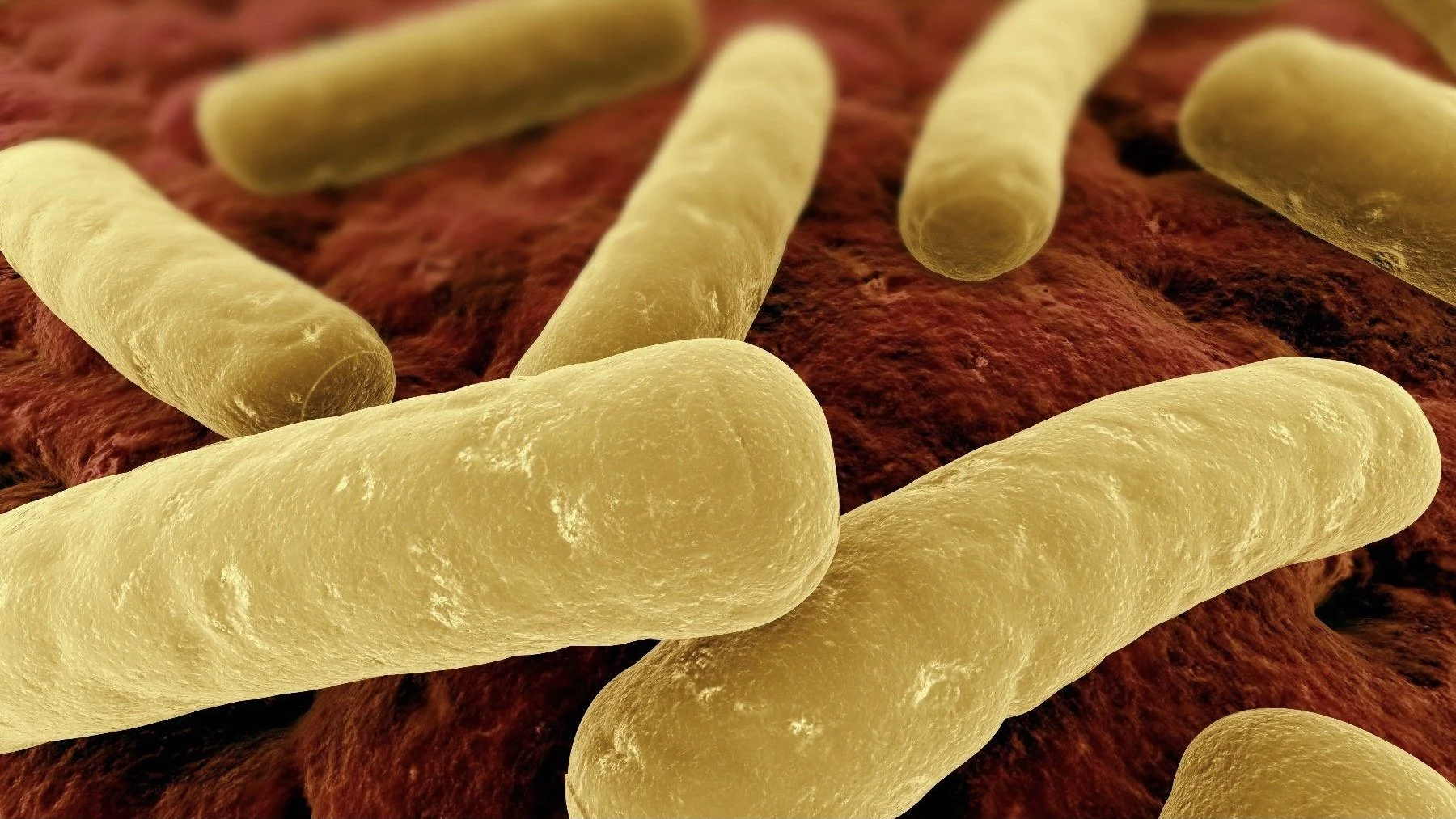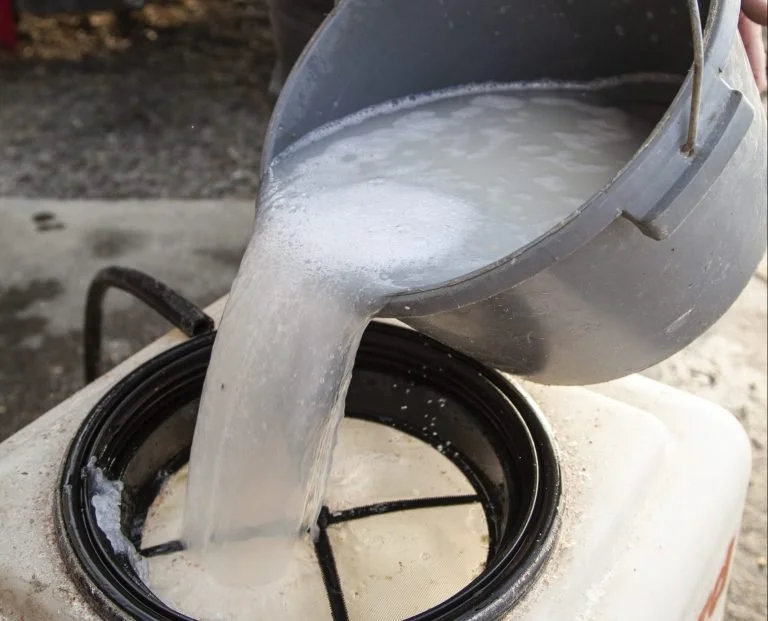Which silage inoculant should you choose?
If you have decided that silage inoculants can help you make better use of the forage you grow, then the obvious question is which one should you use, I mean there are hundreds of different choices so what inoculant should you use to make better silage? And then if you have been using a particular brand for years, is it the right thing or is there something better? Now I’m not trying to start a brand war here, I am more interested in that type of inoculant you might look for.
What are the differences between silage inoculants?
Irrespective of the packaging, the brand name and the marketing, there are a few common factors when it comes to inoculants. Firstly they are bacteria, or more importantly a bacterial starter culture. The data sheets will often refer to the number of bacterial cfu’s - but what the hell is a cfu and why does this matter? Well a cfu is a measure of the actual number of bacteria in there; it’s the number of Colony Forming Units, so in essence each single cfu can go on to form a whole colony of bacteria.
The old adage is that more of a good thing can only be better so you might assume the higher this cfu number is then the more you are getting for your money. But it’s not quite as simple as that; I have covered this (I think) in a previous article all about the required numbers of bacteria. Because all bacteria are NOT equal, it follows that this not just about numbers; it's about what those bacteria are going to do for you. Although the bacteria work or act differently and produce different compounds during the fermentation, some might be more suited to your situation than others.
Heterofermentative or Homofermentative bacteria?
The most obvious difference between bacterial strains is whether they are hetero or homo fermentative. In simplistic terms a homofermentative lactic acid bacteria will just use sugar to produce lactic acid. And this is generally what you need to lower the ph in the forage and produce stable silage. Heterofermentative lactic acid bacteria will produce lactic acids but also produce acetic acid and propionic acids. It is not quite as straightforward as this but a very simple rule of thumb is:
Homo = Lactic acid
Hetero = Lactic, Acetic & Propionic acids
Everyone is pretty familiar with the role of lactic acid in producing silage but how can the other acids benefit your silage? Now the acetic & propionic acids might be useful to you because they are shown to reduce the developments of moulds and yeasts, particularly once the silage is opened to air. This reduces feed face losses and spoiling, so wouldn’t it be sensible for everyone to choose a heterofermentative inoculant then?
Why you might not want a heterofermentative inoculant
Hetero inoculants certainly have a role to play and they have their place, but I’m not sure they are right for everyone. For the sake of clarity and to simplify my argument, I will assume the correlation between acetic acid levels and aerobic stability of silage. The arguments over this relationship are for another time and place, let’s just agree that low levels of acetic acid can improve aerobic stability. So what’s not to love about hetero inoculants?
The problems come from just how the process works because (you’ve guessed it) it’s not straightforward. What actually happens during a heterofermentative fermentation is that the freely available carbohydrates in the forage, the sugars, are broken down and converted into lactic acid. This is exactly the same as what is going on in a homofermentative fermentation. However in a hetero situation, some of the bacteria then use some of this lactic acid, together with some additional carbohydrates, to produce acetic & propionic acids. Some carbon dioxide is also produced as a byproduct.
This secondary process uses up some additional sugar and leads to a measurable increase in dry matter losses during fermentation. This is not great because once it’s gone, it’s no longer available for your cows or the digester tank. The process also produces some additional CO2 and this can also be undesirable. So a heterofermentative inoculant is a bit of a compromise, it might give you a more stable silage at feed out but it will increase losses at fermentation.
Why you might want a homofermentative inoculant
Before we get too carried away with the theoretical benefits of one bacterial strain over another, we need to remember that this is all happening in a soup of microbes. We live in world that’s dominated by bacteria and your silage is no different. There are billions of bacteria on the forage before you start to add any extra cfu’s. And this is one of the reasons I’m not completely convinced by hetero inoculants because your forage already has the potential to produce lots of acetic & propionic acids. So maybe an inoculant that promotes a really rapid fermentation is a better solution?
This aside, in my view you only want acetic acid if you actually need acetic acid. Well at least if you are feeding silage to livestock because acetic acid stinks. It’s the stink that non farming folk recoil from, and it’s the stink that puts livestock off their dinners. Excessive levels of acetic acid produce measurable reductions on dry matter intakes. This is not an issue for an AD plant obviously but it’s a big problem for dairy farmers. There are other ways to reduce aerobic losses than resorting to acetic acid and I think these should be explored if you’re feeding cows.
What heterofermentative inoculants are good for
A heterofermentative inoculant might be your solution to a short to mid term problem. If you have discovered that your clamp layout doesn’t provide you with optimal feed out conditions then a hetero inoculant might be helpful until you can afford/arrange alterations. You might even be able to do the maths and prove that magic powder will be more cost effective than some dividing walls in the long term? And heterofermentative inoculants might just save the day if your dry matter calculations go astray and silage ends up being harvested much drier than you planned.
Irrespective of the brand of inoculant, make sure you know what type of bacteria are in there and why you might want to add them to your silage. Are the benefits of this particular strain something you require or would you be better off with an alternative. And who is actually choosing the inoculant? If you were facing two different coloured tractors you would probably have a fair idea as to the merits or otherwise of each one, but can you say the same about your silage inoculant?
Now that’s hetero and homo fermentative bacteria covered, now we need to consider what else is in that inoculant, or additive…. But maybe that’s something for another time. If you want to discuss more about the benefits of using a silage inoculant or would like to discuss any other aspects covered in this series, contact me at jeremy@silageconsultant.co.uk


